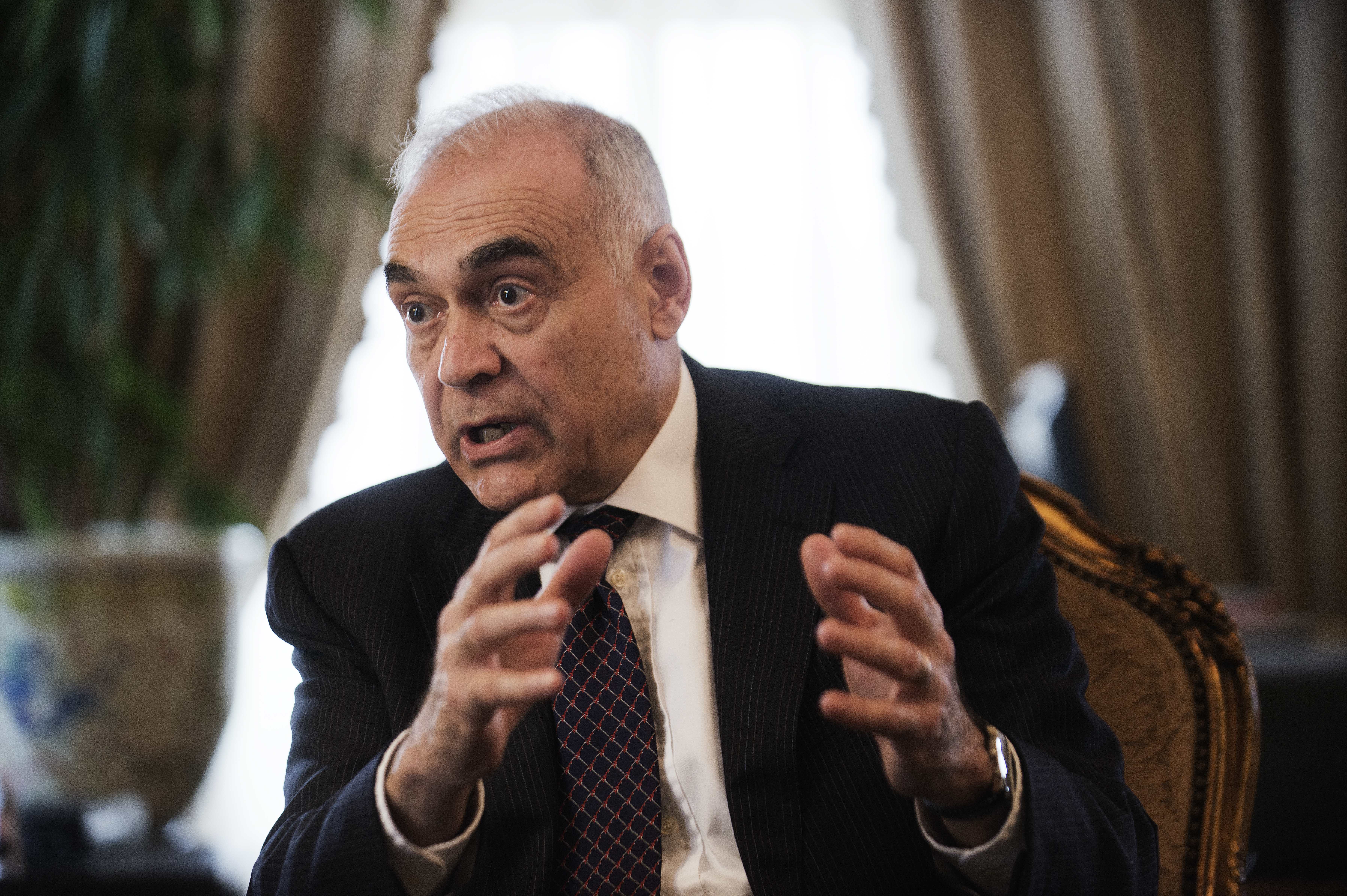The moment Ramadan starts, Egypt celebrates the month with all its aspects: the spiritual rituals that conflate fasting, praying and participation in charitable activities; and the social side that includes iftar and sohour feasts, television serials and soccer tournaments. Throughout Egypt’s history, some traditions have survived the years with each generation adding its timeless touch.
Some of these Ramadan fixtures include the fanous (lantern), mesaharaty (whose job is to wake people up for the pre-dawn meal) and el-madfa’ (the canon signaling iftar time).
The fanous
The history of the fanous can be traced back to the Fatimad era in Egypt.
The laws and social rules restricting women’s movement in the town dictated that when they left their houses in Ramadan they should be accompanied by a boy carrying a small lantern, so that the men in the street would move away. Even when such laws were canceled, people loved decorating the streets with the lanterns and the tradition lived on.
Another version of the story says that in Ramadan of the Islamic Hijri year 392, Egyptians used lanterns to greet the new caliph El Muizz li-Din Allah at Cairo’s gates. From then on, lanterns became a Ramadan tradition.
The fanous has come to symbolize the holy month, especially for children.
But like every aspect of the economy and social life, the fanous has been affected by globalization. Chinese manufacturers have made their way into this seasonal industry that was once limited to Egyptian craftsmen.
Originally, these festive lanterns were made of tin and colored glass and lit with a candle. Nowadays, there are plastic battery-operated fawanees, in all colors, with pictures of celebrities, that even sing and dance – many of which are made in China.
Disney characters such as Winnie the Pooh and Donald Duck are taking the market by storm as they sing “Halo ya Halo, a traditional Ramadan tune.
Lanterns of Egyptian characters such as Bakar, the Nubian cartoon character, and Sarah’s doll, from Hanan Turk’s TV series “Sarah, are also available in the market. But the hit of the season is the tok-tok fanous, which is a small tok-tok with a small fawanees hanging all over it. It also sings “Halo ya Halo’ and moves around.
“These are toys, they are not a fanous, said one retailer. Despite the fact that the Chinese ones lack the charm of the original, he said, they are still equally demanded.
The mesaharaty
Even though Egypt never sleeps during Ramadan as celebrations continue until dawn, the job of the mesaharaty is still in tact. The job of the mesaharaty is to wake people up for sohour, the pre-dawn meal.
The mesaharaty wakes people up by singing, and calling out their names while keeping a rhythm on his small drum. This tradition started in Baghdad in the eighth century and then spread to most Islamic countries.
Stories suggest that this job started on informal basis, with people waking up their family members and neighbors for sohour. Throughout the years, this task turned into a profession, albeit one that can only be practices for one month each year.
There is no fixed salary for the person, but he receives donations from the people at the end of Ramadan.
The mesaharaty may be extinct in the urban areas, but they are still found in some parts of Cairo and in the villages in the countryside.
Madfa’a El-Iftar
The madfa’a, or the cannon, has traditionally been used to signal the Maghrib prayer, telling people to break their fast.
The original cannon is located at the Saladin Citadel, which used to roar in the silent city at sunset. The tradition started in the Mohamed Ali era in the early 1800s, but different stories are told about how it began. Some say it went off coincidentally at iftar time, and people appreciated the reminder so it quickly became a traditional practice. Others say that the then-ruler of Egypt Mohamed Ali intended to use the canon for this particular purpose.
However, the tradition was carried throughout the years and even when the tradition of firing the canon was temporarily stopped, its recorded sound was aired on national radio and TV stations at iftar time.

